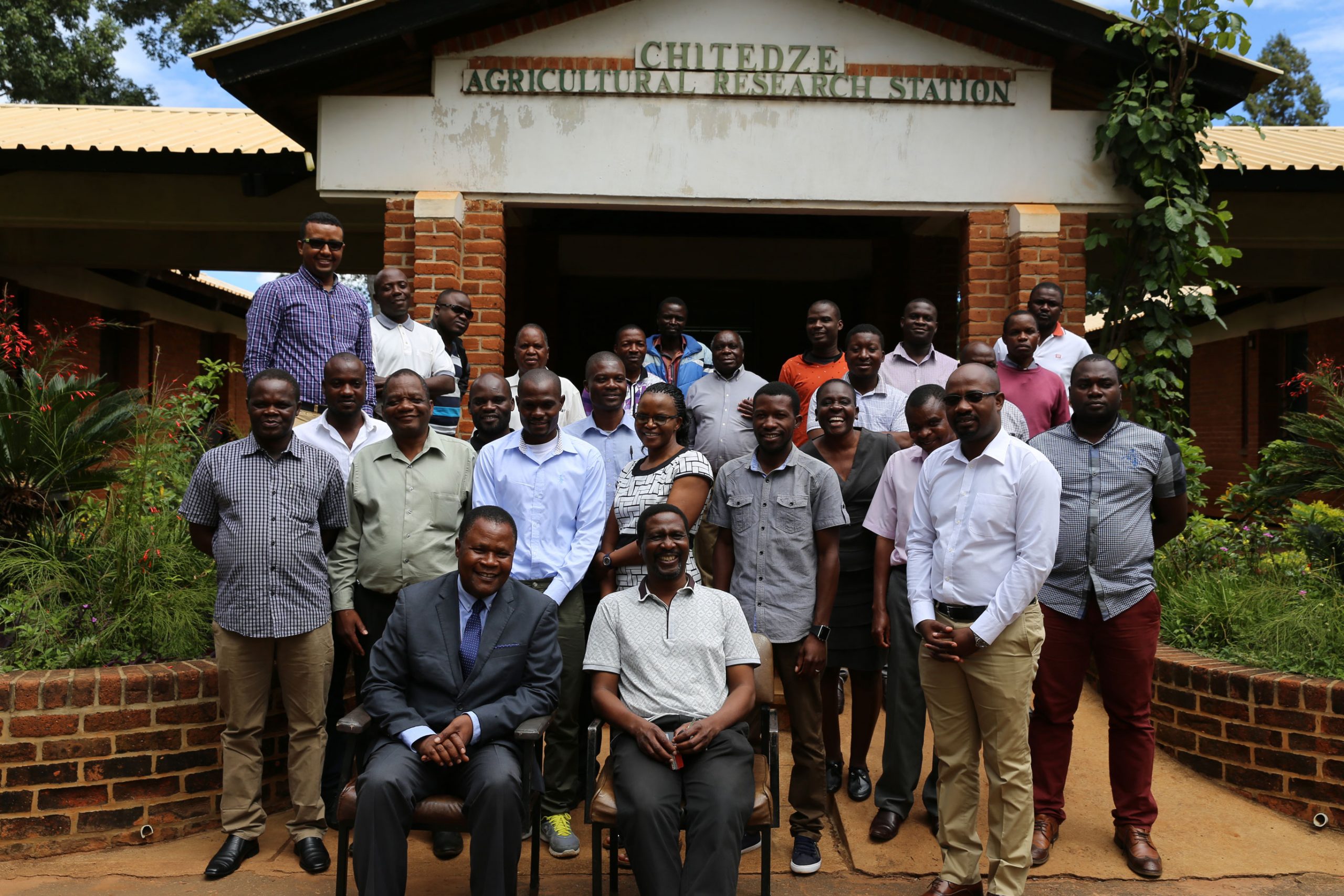
May 21, 2021, by Andrew Edwards (Ed)
Micronutrients in cereals in Ethiopia and Malawi – the GeoNutrition team’s Nature paper
This week we are celebrating the publication of the GeoNutrition project team’s paper published in Nature: ‘The nutritional quality of cereals varies geospatially in Ethiopia and Malawi’.
Here, we summarise some of the paper’s headline findings. We also provide links to several pieces that take different angles on the work done, the people involved and the generous funders.
Next week, we will zoom in on the expert spatial analysis contributions to the paper provided by the Beacon’s Murray Lark and Christopher Chagumaira and Alice Milne from Rothamsted Research, one of the Beacon’s key institutional partners.
What does the new paper reveal?
The GeoNutrition team have shown that the nutritional quality of people’s diets in Ethiopia and Malawi is influenced by where a person happens to live. Micronutrients are the vitamins and minerals we need that we get from the foods we eat, and are therefore crucial in aiding healthy development. Through no fault of their own, some people are at a greater risk of dietary micronutrient deficiencies, or ‘hidden hunger’, just because of their geographical location.

Dr Diriba Kumssa, an expert in soil science and human nutrition with the University of Nottingham’s School of Biosciences, at Chitedze Research Station, Lilongwe, Malawi. Diriba led the training of the GeoNutrition sampling teams
Different foods contain different nutritional qualities; the GeoNutrition team focused on cereal grains in particular. Little is known about how the same food crops differ in nutritional quality depending on where they are grown within the same country. The team found that geographical variation in micronutrients affects the amount of a particular mineral a person then receives from the grains they eat. For example, a person living in western Amhara, Ethiopia or in central Malawi might receive only 10% of the required daily amount of selenium from their grain. However, a person living in eastern Amhara or the Shire Valley of Malawi might receive 100% of the required daily amount of selenium from an identical diet.
Why does this matter?
Micronutrient deficiencies and hidden hunger are of public health concern globally, so it is important to understand the many socioeconomic and natural factors that contribute. This paper establishes that spatial variations, resulting from soil and other environmental factors, affect the nutritional quality of food: this cannot be ignored.
Prof. Martin Broadley, GeoNutrition project lead, believes that the inequities of micronutrient supply must be tackled urgently. There are no quick fixes for this complex natural and socioeconomic problem but it is Prof. Broadley’s hope that crop micronutrient quality becomes a standard component of agricultural and nutritional surveillance programmes. More targeted policies could then support healthier diets through various measures, such as education, dietary diversification, crop breeding, agronomy, and food fortification.

Hastings Manase, the farm manager at LUANAR, examines maize crops at Chitedze Agricultural Research Station, near Lilongwe, as part of training led by Dr Diriba Kumssa
How can these goals be achieved?
Policy briefs are being developed for the governments of Ethiopia and Malawi to help inform their rural and agricultural investment and policy decisions. The Micronutrient Action Policy Support (MAPS) project is further advancing the evidence-based policy aspects of the GeoNutrition project.
The methods used by the GeoNutrition researchers and their multidisciplinary insights can be adapted, and then applied, around the world. In fact, related projects are now ongoing in Pakistan, Zambia, and Zimbabwe to do just that.
Where can I learn more?
The paper has been reported through almost 270 news outlets, in the UK and internationally, but the key reading materials are:
-
The Nature paper itself
-
University of Nottingham press release
-
Martin Broadley’s Behind the Paper blog for Nature Portfolio’s Ecology & Evolution
-
Nature’s News and Views by Ken Giller and Shamie Zingore
-
Vision magazine article Tackling Malawi’s Hidden Hunger
No comments yet, fill out a comment to be the first

Leave a Reply